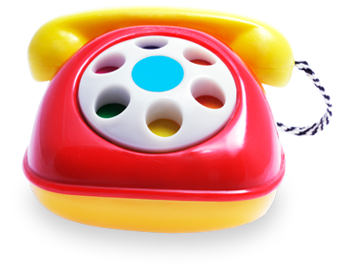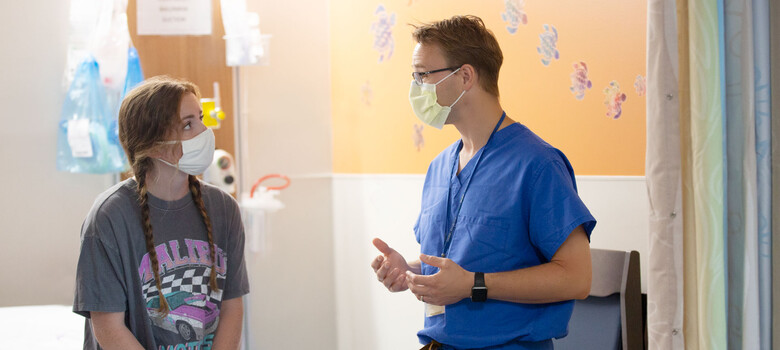Specifically, hypoplastic left heart syndrome is a single ventricle heart defect. Although these conditions are rare, they account for nearly a quarter of all pediatric heart surgeries we perform at Duke. Our single ventricle program is the first of its kind in North Carolina.
Hypoplastic Left Heart Syndrome (HLHS)
Hypoplastic left heart syndrome is one of the most common types of single ventricle heart defects. In a child with HLHS, the left side of the heart develops abnormally, which prevents the heart from being able to pump oxygenated blood to the body. Complex congenital heart defect like HLHS require a lifetime of highly specialized, coordinated care that usually starts before birth. We know that you want the very best care for your child -- so do we. Duke’s pediatric heart doctors, surgeons, and other specialists are renowned for their expertise and breakthrough techniques that add up to high-quality, compassionate care for your little one.
In the News

Loading
About HLHS Care at Duke
HLHS Treatments
Once a diagnosis of HLHS is confirmed, your child’s care team immediately begins forming an HLHS treatment plan for birth and beyond. Duke’s team of experts includes pediatric and adult heart surgeons, cardiologists, interventional cardiologists, critical and intensive care experts, anesthesiologists, and many other specialists.
Medication
Fortunately, every child is born with extra connections between their heart’s left and right sides that naturally close a few days after birth. For babies born with HLHS, medication keeps those connections open longer, until your child is ready for heart surgery, so that blood can circulate.
HLHS Surgery
Your child will likely need one or more operations within their first few years of life. A series of three HLHS operations that together are called “single ventricle palliation” essentially re-plumb the heart in stages.
- Norwood: This first operation usually takes place within the first two weeks after birth. Surgeons make new connections in the heart so it can pump blood to both the lungs and body. Our pediatric heart surgeons pioneered a new technique for the Norwood operation that that reduces risk, increases patient survival from less than 88% to more than 97%, reduces risk, and is better tolerated by newborns.
- Glenn: Usually done when your baby is four to six months old, this procedure changes the heart’s anatomy. The goal is to reduce workload on the right ventricle.
- Fontan: This operation occurs when your child is a bit older (usually between 18 months to three years old) and better able to tolerate it. The procedure creates more efficient pathways for oxygenated and non-oxygenated blood to flow throughout the body. The Fontan Program at Duke Children’s Hospital and Health Center -- the only one in North Carolina and one of the few in the U.S. -- offers advanced care to patients who have undergone the Fontan procedure to help your child stay healthy as they grow.
Pediatric heart surgery is performed at Duke University Hospital. Pre- and post-surgical appointments may take place at Duke Children's Health Center or at other clinics in the region.
Tests for HLHS
Fetal Imaging
Heart defects like HLHS are usually discovered before birth during a routine second-trimester ultrasound and then confirmed with more advanced imaging like targeted fetal ultrasound, fetal echocardiography, and MRI. These show the structure and function of your child’s heart in more detail.

Imaging after Delivery
Doctors may order additional tests to learn more about your child’s condition after birth. Echocardiograms, electrocardiograms, and cardiac MRI scans don’t require sedation and cause little to no discomfort. Children are usually sedated for cardiac catheterization.
- Echocardiogram: A special ultrasound captures moving images of your child’s heart to determine its chamber dimensions, shape, valve structures, and overall function.
- Electrocardiogram: Small electrodes are placed on the skin to record the heart’s electrical activity.
- Cardiac MRI: Radio waves, magnets, and a computer create still and moving images of your child’s overall heart structure, heart muscle function, and blood vessels.
- Cardiac catheterization: A small, flexible tube called a catheter is inserted into a large blood vessel and guided to the heart to see its structures from the inside. Contrast dye may be injected, and X-rays taken to capture detailed images of your child’s heart and blood vessels.
Duke Children’s is ranked the #4 pediatric cardiology program in the nation and the best in North Carolina by U.S. News & World Report.



